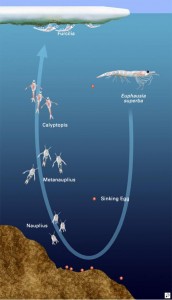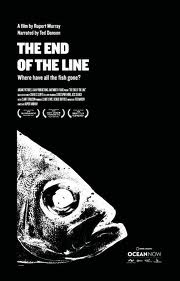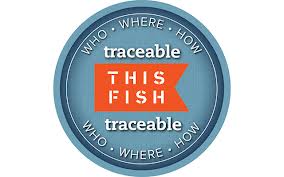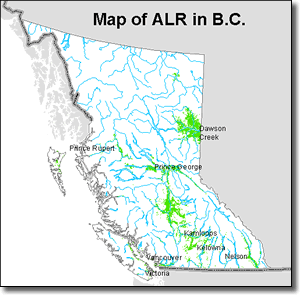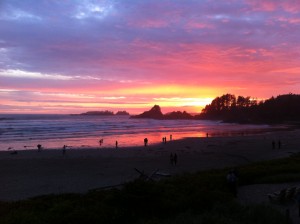 After all the doom and gloom I presented in my previous few blogs, I figured its time to focus on some excitement. As this semester comes to an end, I am ecstatic to present my last blog of my third year as a small window into the excitement that lays ahead for me during the summer of 2014.
After all the doom and gloom I presented in my previous few blogs, I figured its time to focus on some excitement. As this semester comes to an end, I am ecstatic to present my last blog of my third year as a small window into the excitement that lays ahead for me during the summer of 2014.
When confronted with some personal obstacles this year, I decided to make a leap into the unknown and sign up for a summer abroad, in no where more amazing than Pamplona, Spain. For the first 6 weeks of my summer in Europe I will have the amazing opportunity to partake in intensive spanish language courses while also studying the history of the European Union and economics and business markets with the EU. After my stay in the North West corner of the country, I will continue my travels throughout the country to solidify my ability to speak the language (and maybe surf while doing so), and gain some first hand experience in a spanish culture.
My excitement for this trip has a few underlying reasons. The first is that I have recently decided to pursue my passion for energy policy. As I have said before in this blog, my interests have changed and will probably continue to change before I am through with my undergraduate degree. However, I am really excited about this idea! Part of being a part of international policy will entail me to learn a minimum of two new languages, and so I begin with Spanish! I write here for the record that I also plan to pursue French, and partake in the Canadian program explore in the coming year.
As I look ahead to my summer of excitement, I remember the exciting developments that occurred over this past year that got me here. This semester was filled with amazing challenges, new experiences, and personal development. I am currently trying to get involved with an amazing emerging student run organization called Student Energy, and will hopefully be working with them in fall. Additionally I had the pleasure of working the lovely Sandra Brown, head of the sustainable soil program at UBC, throughout the term. I hope to continue to work with her in the next year, or with another inspiring professor in order to grow and advance my educational career.
Long story short, this semester was amazing in terms of me uncovering passions of mine I didn’t know I had. I guess all that left to say is Adios Vancouver! See you in the fall!
 Oh. And one more thing. My final twelve days in Europe will be spent doing the Tour du Mont Blanc. If you click the link, you will understand the absolute bliss that those days will entail, and that it may be hard for me to come back for fall semester next year…
Oh. And one more thing. My final twelve days in Europe will be spent doing the Tour du Mont Blanc. If you click the link, you will understand the absolute bliss that those days will entail, and that it may be hard for me to come back for fall semester next year…
Until next year!
Olivia


